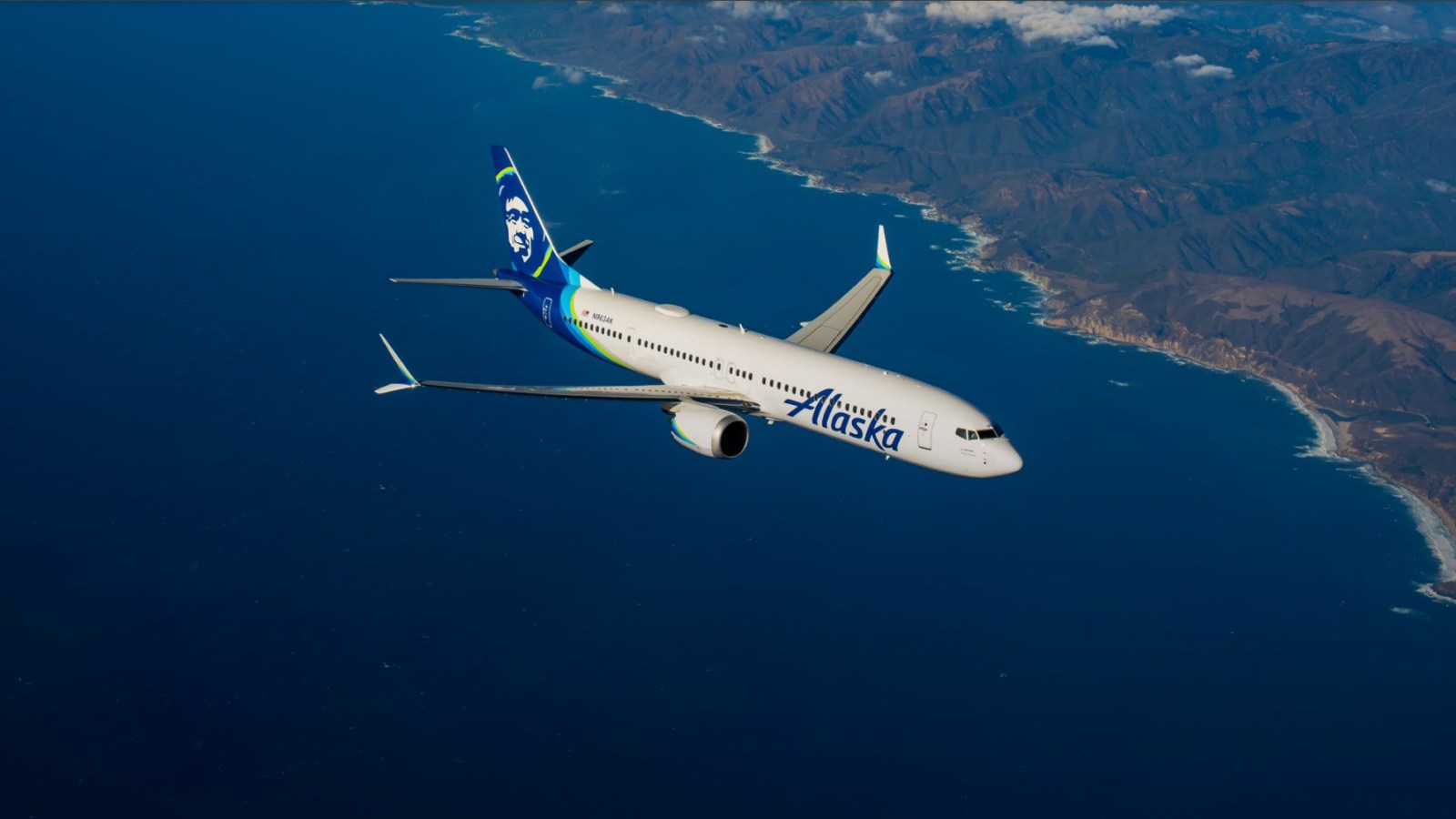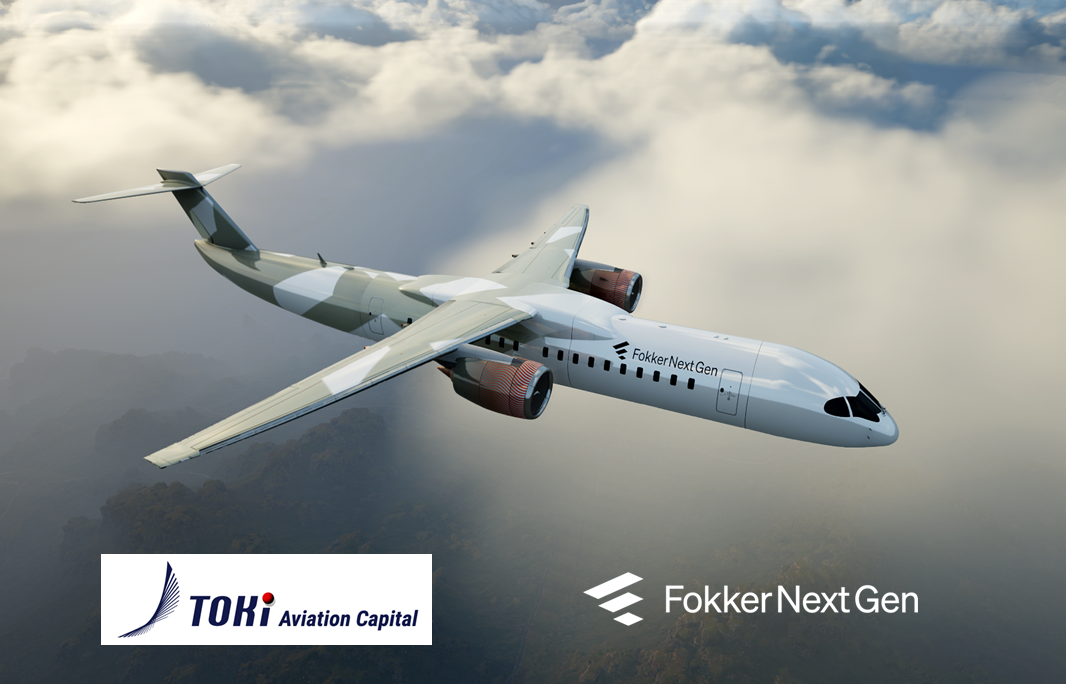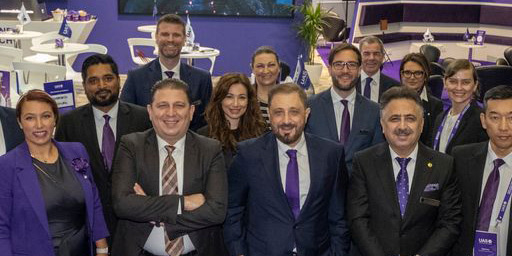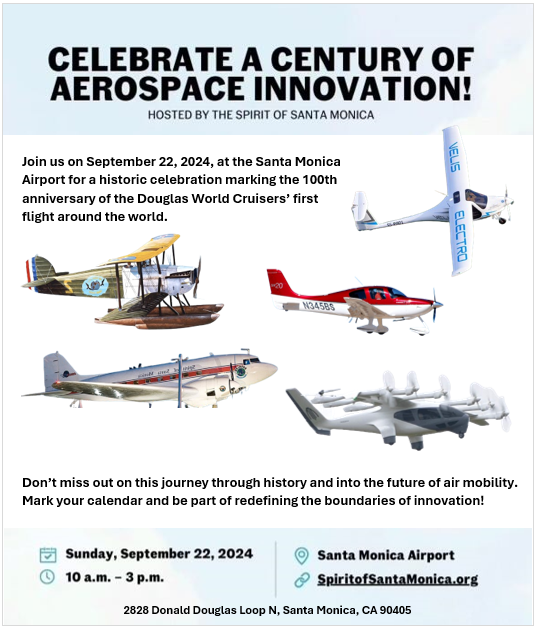
Aviation is committed to net zero carbon emissions by 2050, including the air cargo sector. At the World Cargo Symposium, Marie Owens Thomsen, IATA’s Chief Economist and SVP, Sustainability, put this challenge into context.
In 2023, the world produced some 37.4 gigatons of CO2, 59 gigatons including all greenhouse gases. Aviation’s share of this is just 2% while transport’s total contribution is 23%. Transport’s CO2 output comes mainly from road vehicles, which produces more than 70% of its total, followed by shipping.
“We must do something about our emissions, but we must also keep our perspective,” said Thomsen.
She said the industry will certainly need all the levers available to it to achieve net zero by 2050. Sustainable aviation fuels (SAF) will be the primary tool, but efficiency gains, hydrogen power, and carbon removal technologies are among the many other initiatives that will need to play an important role.
The demand side of SAF is proven with airlines already purchasing every drop ever produced while forward agreements total close to $50 billion. The challenge is on the supply side. SAF production must increase a thousand-fold to meet anticipated demand in 2050, going from some 0.5 million tons today to 500 million tons.
Thomsen stressed that this increase must be achieved in just 26 years and called on the oil and gas industry to change its tune when it comes to aviation and renewable fuels…
In 2023, the world produced some 37.4 gigatons of CO2, 59 gigatons including all greenhouse gases. Aviation’s share of this is just 2% while transport’s total contribution is 23%. Transport’s CO2 output comes mainly from road vehicles, which produces more than 70% of its total, followed by shipping.
“We must do something about our emissions, but we must also keep our perspective,” said Thomsen.
She said the industry will certainly need all the levers available to it to achieve net zero by 2050. Sustainable aviation fuels (SAF) will be the primary tool, but efficiency gains, hydrogen power, and carbon removal technologies are among the many other initiatives that will need to play an important role.
The demand side of SAF is proven with airlines already purchasing every drop ever produced while forward agreements total close to $50 billion. The challenge is on the supply side. SAF production must increase a thousand-fold to meet anticipated demand in 2050, going from some 0.5 million tons today to 500 million tons.
Thomsen stressed that this increase must be achieved in just 26 years and called on the oil and gas industry to change its tune when it comes to aviation and renewable fuels…





/cdn.vox-cdn.com/uploads/chorus_asset/file/25476438/Gen_3_Cube_Rendering.png)






